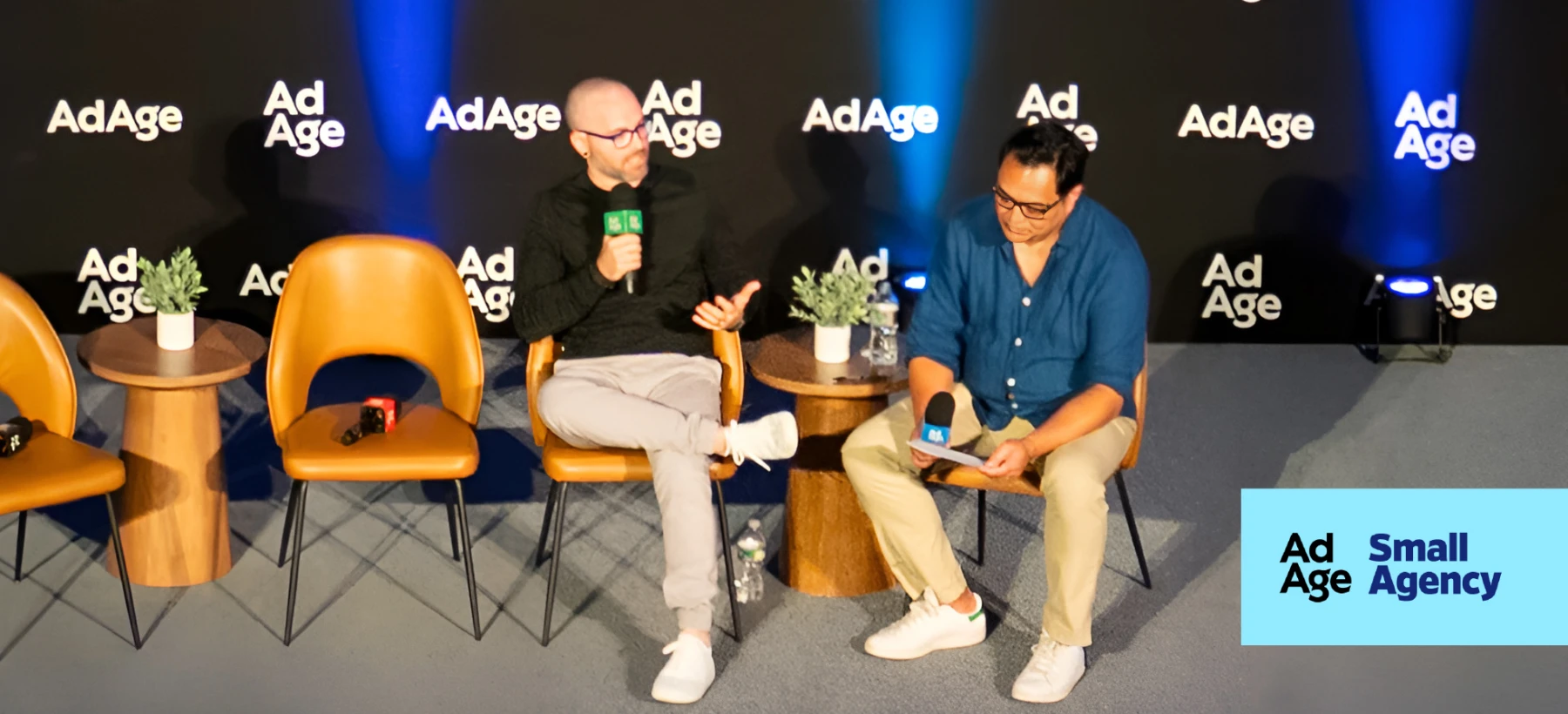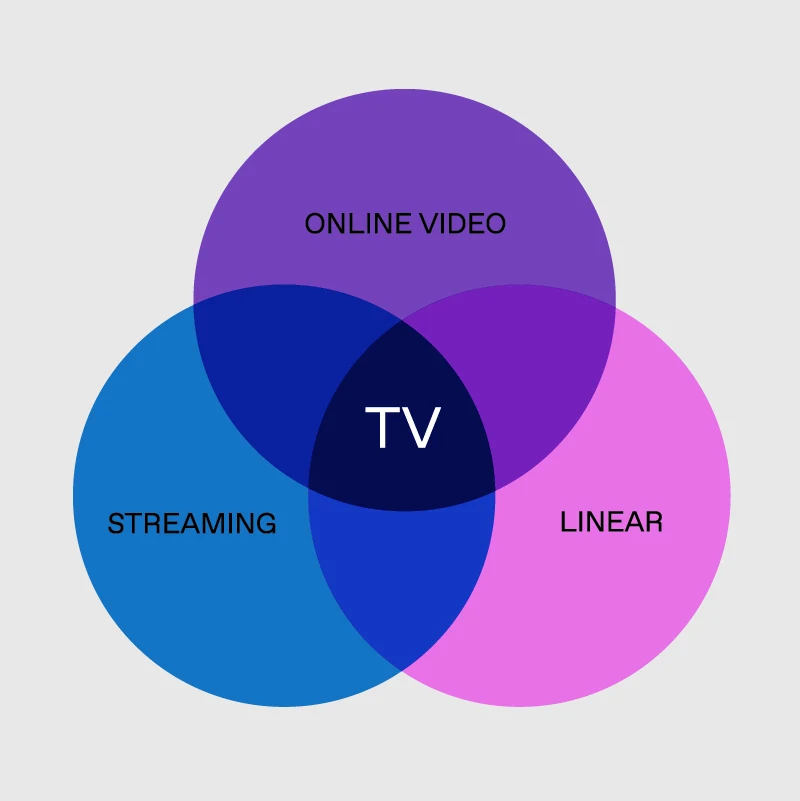
How Small Agencies Can Thrive with Convergent TV
Mike Fogarty, Director of Platform Sales at Tatari, and John Dioso, Editor at Ad Age, recently discussed strategies for small agencies to leverage both direct and programmatic TV media execution to drive business growth. Their insights were shared at the Ad Age Small Agency Conference in Boston.
The Challenges Small Agencies Face with TV Advertising
Small agencies often grapple with buying TV inventory due to a lack of infrastructure and experience. Mike points out that these agencies face the daunting task of managing numerous partnerships, including order management systems, ad servers, and measurement platforms. This complexity can be overwhelming without years of TV media buying experience.
However, the emergence of advanced technologies such as Tatari offers a solution. Fogarty explains that unified platforms like Tatari can simplify these processes by providing self-service tools for automation, execution, and measurement, thus helping small agencies navigate and overcome these challenges more efficiently.
Balancing Direct and Programmatic TV Buying for Optimal Results
When it comes to TV advertising, understanding how to leverage both direct and programmatic media execution is crucial for driving real business outcomes. While programmatic offers flexibility and convenience, it’s important to remember that more than 60% of TV monetization still comes from a publisher’s direct sales. Relying solely on programmatic could mean missing out on valuable direct-buy opportunities.
Direct media execution typically provides greater media efficiency and avoids some of the ad tech taxes associated with programmatic. Additionally, programmatic TV buying is not without its challenges, particularly when it comes to fraud. To ensure you're navigating these waters effectively, it’s vital to be aware of potential pitfalls and take steps to mitigate them.
To achieve the best results, agencies should integrate both strategies—using programmatic for its hyper-targeting capabilities and direct buying for more cost-effective and secure media placements.
To achieve the best results, agencies should integrate both strategies, using programmatic for hyper-addressability and direct buying for cost-effective media placements.
Embracing Convergent TV
Netflix’s shift to a fully programmatic strategy underscores the growing significance of convergent TV, which merges linear and streaming data. To offset costs for content, they offer a subscription tier system, with and without ads. Programmatic advertising is one way to fund content and retain subscriber churn.
Although streaming is rapidly growing, particularly through FAST (Free Ad-Supported Streaming Television) and AVOD (Advertising-Based Video on Demand) platforms, a significant portion of content revenue still comes from linear broadcasts. This is especially true within virtual multichannel video programming distributors (vMVPDs) like YouTube TV, Hulu Live, and SlingTV. While these services deliver content over internet protocol (IP), on average, 14 minutes of every hour of ad experiences are still powered by linear methods due to carriage agreements, with only 2 minutes of monetization coming from true streaming placements.
This highlights the importance of a convergent approach that integrates both streaming and linear advertising, as many cord-cutting households still encounter traditional linear ads through vMVPDs. TV ad tech platforms like Tatari help small agencies effectively navigate this landscape, ensuring they can optimize both their linear and streaming ad placements for maximum impact.
Three Small Agencies with Success Stories
Background: Boutique digital agency focused on search and social, with no prior TV advertising experience.
Action: After licensing Tatari’s platform, Socium launched several brands and entered linear traditional TV for the first time, utilizing both direct and programmatic buys.
Outcome: Enhanced reach and brand fidelity while reducing costs for direct transactions.
Background: Established in traditional TV advertising but struggled with tactical measurement.
Action: Partnered with Tatari, which offers an outcome-first approach focusing on metrics such as CAC, ROAS, ROI, site visitation, app downloads, and GRPs.
Outcome: Achieved successful incremental and dynamic measurement across Convergent TV, providing better results and integration for their clients.
Adcology:
Background: Specialized in terrestrial audio podcasts with no prior TV advertising experience.
Action: Faced with 30 RFPs in a single year requesting TV advertising, Adcology realized the potential to handle TV advertising in-house through Tatari.
Outcome: Shifted from handing off business to competitors to retaining margins by managing TV advertising internally.
By partnering with Tatari, they in-housed their TV advertising operations, turning a margin loss into a strategic advantage. For any agency—whether creative, media, or strategy—licensing a self-service TV technology has never been easier or more effective.
Perception vs. Reality
The perceived challenge of breaking into TV advertising often overshadows the actual financial feasibility. Traditionally, large holding companies controlled the TV market, imposing high up-front costs and leveraging their scale for better rates, leading to the misconception that TV was only for Fortune 500 companies.
However, the landscape has shifted as digital and modern advertising solutions have emerged. Agencies now have the opportunity to approach TV with a more contemporary mindset, moving beyond outdated GRP metrics to harness the full potential of TV advertising. With new data proving TV’s effectiveness in driving search queries, enhancing brand awareness, and increasing sales, it’s clear that TV advertising is more accessible than ever.
One key strategy is the ability to buy ancillary or fractional units around major tentpole events, such as pre-and post-game slots, rather than during the game itself. This approach allows agencies to be crafty with their TV journey, maximizing impact without paying premium rates for in-game spots.
Moreover, designing experiments and architect pilots tailored to each client is crucial. This ensures that the TV strategy aligns perfectly with the client's goals and audience, setting the stage for success.
There will undoubtedly be times when investing in major tentpole, guaranteed experiences is the right move. However, it’s essential to set yourself up for success by nailing the initial, more accessible TV experiences—your “honeymoon” phase with TV advertising—before moving on to bigger investments. By strategically approaching TV advertising, small agencies can achieve powerful results without the traditional barriers.
Overcoming TV Advertising Barriers: Cost-Efficient Strategies
Recent industry shifts have made TV advertising more accessible and cost-effective for small agencies. Key changes include significantly reduced linear TV spot rates—ranging from $1 to $7 on Tier 1 networks—enhanced real-time audience engagement and the ability to bypass ad tech taxes by managing TV advertising in-house. These developments enable small agencies to leverage TV advertising without the traditional complexities and high costs. Additionally, advanced tools like Tatari's AI-powered Media Planning Engine leverage over seven years of historical data and machine learning to forecast TV campaign performance.
A great example of how these innovations are transforming TV advertising is Breeo, a fire pit brand that tapped into Tatari’s platform to rekindle its TV ad-buying strategy. By adopting modern approaches, including Tatari’s AI-driven planning engine, Breeo was able to optimize its campaigns and achieve better results. After testing Tatari’s new campaign planner for seven months, they saw a 47% decrease in customer acquisition costs and a 68% return on ad spend. For a detailed look at how Breeo navigated these industry shifts, check out the full article on AdExchanger here.

Mike Fogarty
Coffee obsessed, passionate gamer, father of three, and a rock/metal enthusiast. Oh, and I oversee Agency & Enterprise partnerships at Tatari.
Related
CPA or Bounty Models in TV Advertising are Outright Misleading
Performance-based models like cost-per-click in digital ads ensure payment for direct actions, but applying them to TV is difficult due to tracking and misattribution issues.
Read more
Aroma360's TV Advertising Journey: From Social Media to Prime Time Success
Aroma360, recognized for its home and business scenting solutions, discusses how expanding its reach and building brand legitimacy through targeted TV advertising strategies has fueled its growth.
Read more
As Linear’s Definition Gets Muddier, It’s Time to Talk ‘Convergent TV’
Are you caught in the debate over what constitutes streaming versus linear TV? Our latest blog dives into the blurred lines of the two advertising channels, advocating for a single categorization of convergent TV.
Read more


